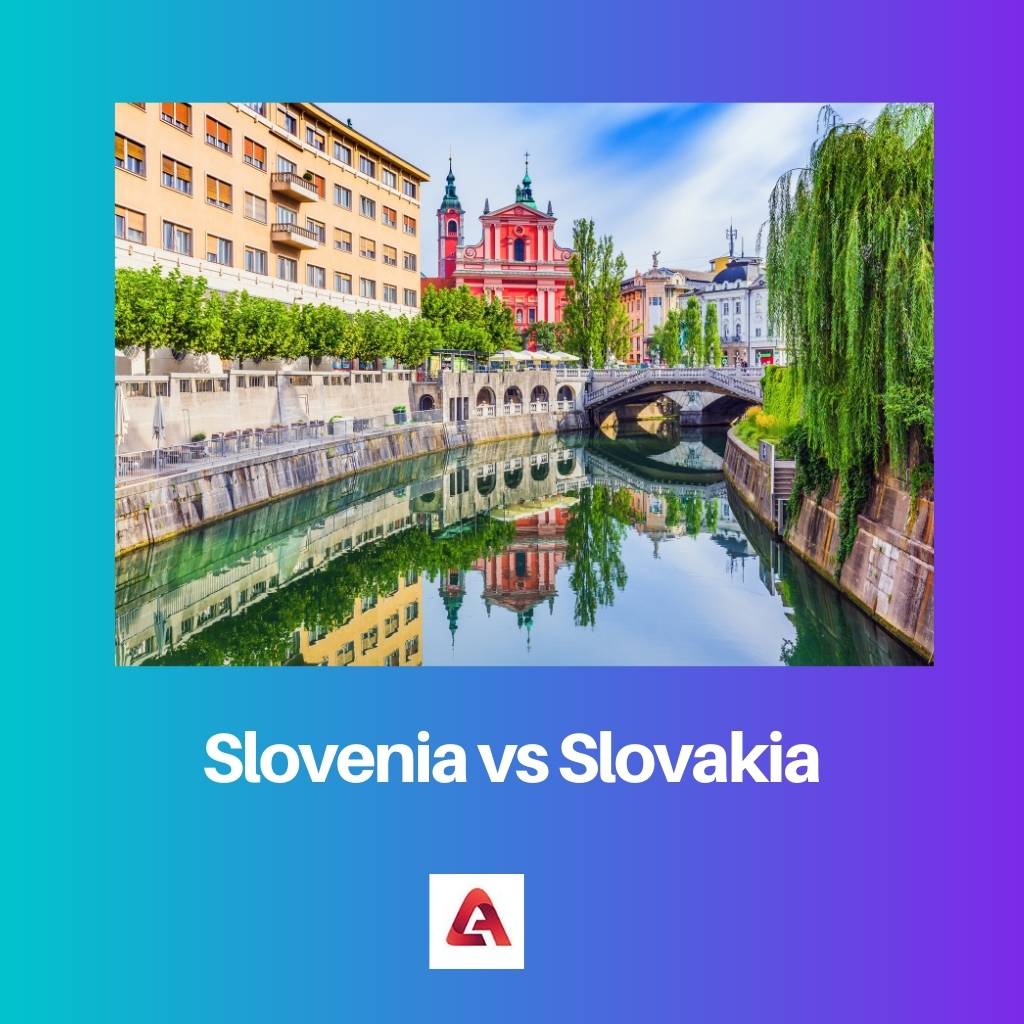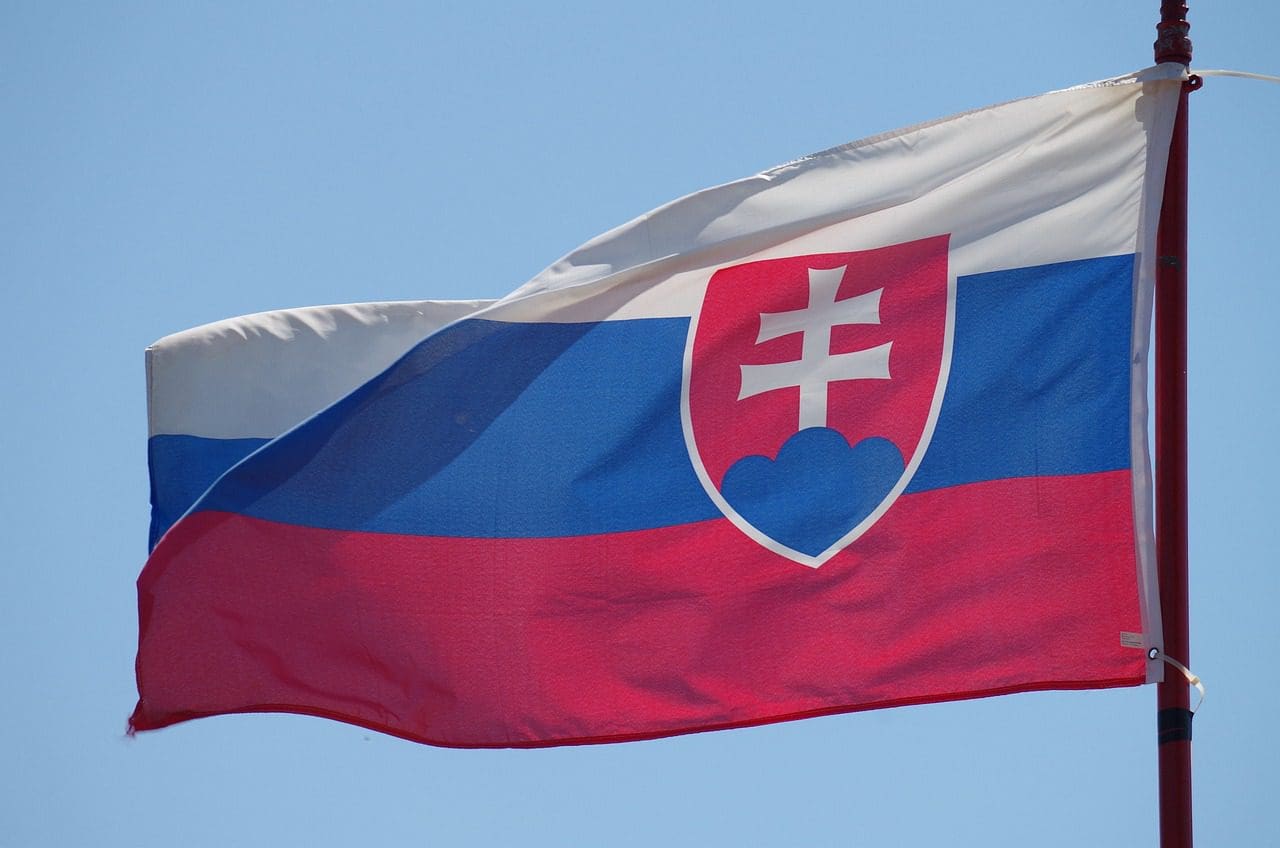Slovakia and Slovenia are two separate countries, also called sovereign nations. They were former members of a larger state and had undergone a series of historical events that helped them acquire their independence in the early 1990s.
Slovakia’s separation from Czechoslovakia was peaceful. However, there was a conflict during Slovenia’s separation from the Yugoslav Federation.
Key Takeaways
- Slovenia is located in central Europe and borders Italy, Austria, Hungary, and Croatia, while Slovakia is located in eastern Europe and borders Poland, Ukraine, Hungary, Austria, and the Czech Republic.
- Slovenia is known for its natural beauty and outdoor recreation, while Slovakia is known for its historical castles and medieval towns.
- Slovenia has a higher GDP per capita and a smaller population than Slovakia.
Slovenia vs Slovakia
The difference between Slovenia and Slovakia is that Slovenia as a country gained recognition on June 25, 1991, and Slovakia as a country gained recognition on January 1, 1993. Both have gained recognition from larger nations. However, there are many differences between them in terms of their Extended name, Native tongue, Location, and Population.

Slovenia is a country that acquired its independence from the Yugoslav Federation on June 25, 1991. The country borders Italy and Croatia.
The people call themselves “Republika Slovenija”, and their native language is “slovenščina”. The country also has a remarkable history.
The population of the country is two million.
Slovakia is a country that acquired its independence from Czechoslovakia on January 1, 1993. The country has Poland and the Czech Republic as neighbours.
The people call themselves “Republika Slovenija”, and their native language is “slovenščina”. The people call themselves “Slovenská Republika”, and their native language is “slovenčina”.
The population of the country is 5.5 million.
Comparison Table
| Parameters of Comparison | Slovenia | Slovakia |
|---|---|---|
| Recognition | Slovenia gained recognition on June 25, 1991. | Slovakia gained recognition on January 1, 1993. |
| Extended name | Citizens of Slovenia call themselves “Republika Slovenija”. | Citizens of Slovakia call themselves “Slovenská Republika”. |
| Native tongues | The native language of Slovenia is “slovenščina”. | The native language of Slovakia is “slovenčina”. |
| Location | It is a coastal country whose location borders Italy and Croatia in the south of Europe. | It is a country whose neighbours are Poland and the Czech Republic. |
| Population | The population of Slovenia stands at two million. | The population of Slovakia stands at 5.5 million. Which is twice as much as Slovenia. |
What is Slovenia?
Slovenia is a country in Central Europe that also officially is the Republic of Slovenia. This country is bordered by Italy, Austria, Hungary, Croatia, and the Adriatic Sea.
Slovenia, as a country, mostly has a lot of mountains and forests. From its total population of 2 million, nearly 500,000 chose to reside in its largest city, which is also its capital named, Ljubljana.
The vast majority of the population includes Slovenes, and the largest minority includes the Serbs. The South Slavic language called Slovene is their official language.
And except for Slovene Littoral and the Julian Alps, the country mainly has a continental climate. The Dinaric Alps and Pannonian Plain also meet in this country.
Historically it has been a crossroads of many languages and cultures. Its modern-day territory is also a part of many different states and empires.
Some of these include the Roman Empire and the Kingdom of Hungary, after a series of historical events.
Slovenia was the first republic that separated from Yugoslavia in June 1991. After which, it became an independent sovereign state.
Today it is a developed country, has an advanced high-income economy, and is a member of several international organizations. These include the United Nations and the European Union.

What is Slovakia?
Slovenia is another country in Central Europe which also officially is the Slovak Republic. Poland, Ukraine, Hungary, Austria, and the Czech Republic border this country.
Again Slovakia is also a country that is mostly filled with mountains. Its territory is approximately 49,000 square kilometres, and the country has a population of 5.5 million.
The country has a native language called “slovenčina”.
The country’s largest city, which is also its capital, is known as Bratislava and the second largest, Košice. During the 5th and 6th centuries, Slavs arrived in Slovakia and were an important part of creating the Samo Empire.
After many turn-in historical events, Slovakia gained peaceful independence from Czechoslovakia in January 1993.
Today Slovakia too is a developed country, has an advanced high-income economy, and is a member of several international organizations. These include the United Nations and the European Union.
In terms of civil liberties, press freedom, internet freedom, democratic governance, and peacefulness, it has always performed well. It has successfully maintained a good market economy and social security.
It provides citizens with free education, good healthcare, and also long parental leaves, which makes it a favourable country to reside in.

Main Differences Between Slovenia and Slovakia
- Slovenia gained recognition on June 25, 1991. Slovakia gained recognition on January 1, 1993.
- Citizens of Slovenia call themselves “Republika Slovenija”. Citizens of Slovakia call themselves “Slovenská Republika”.
- The native language of Slovenia is “slovenščina”. The native language of Slovakia is “slovenčina”.
- Slovenia is a coastal country whose location borders Italy and Croatia in the south of Europe. Slovakia is a country whose neighbours are Poland and the Czech Republic.
- The population of Slovenia stands at two million. The population of Slovakia stands at 5.5 million. Which is twice as much as Slovenia.







